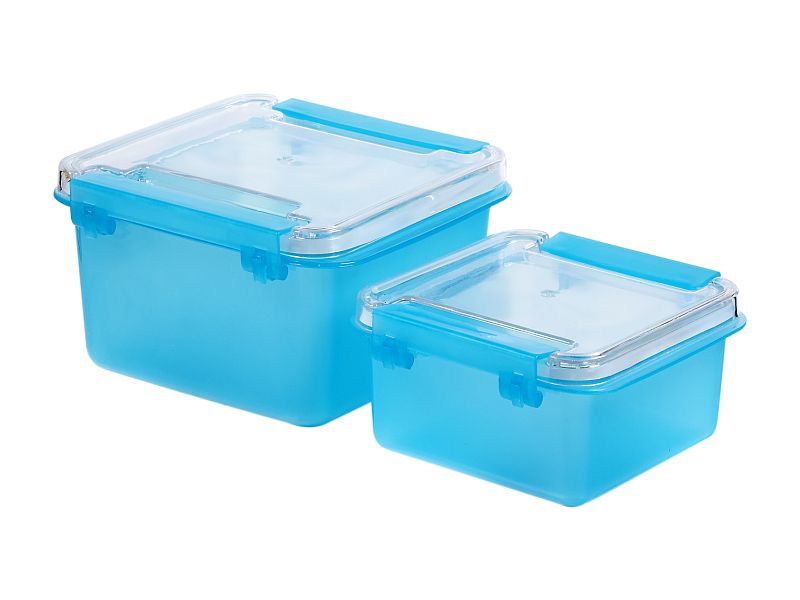How to Safely Use Plastic Containers in Your Microwave
By Len CanterHealthDay Reporter

WEDNESDAY, Jan. 23, 2019 (HealthDay News) -- For many, a microwave is indispensable, but questions remain about the safety of containers used to cook and reheat food in it.
Most of the controversy surrounds the chemicals used to make plastic containers soft or clear, like BPA and phthalates. These chemicals are called endocrine disrupters, because they can mimic hormones such as estrogen in a bad way. The chemicals can leach into your food, especially when containers are heated. According to the nonprofit Environmental Working Group, other chemicals, even replacements for BPA, haven't been tested enough to know if they're truly safe.
Some experts recommend not using any plastic container in the microwave, even if it is stamped "microwave safe." Microwaves heat unevenly and can create hot spots where plastic is more likely to break down. Instead, use ceramics or glass labeled microwaveable. Also, rather than covering even a glass dish with plastic wrap, place wax paper, a plain white paper towel or parchment paper over the container before microwaving.
If you must use plastic, the Environmental Working Group suggests choosing containers marked with the number 1, 2, 4 or 5. These don't contain BPA and may be better choices. Avoid polycarbonate containers, which are sometimes stamped with the number 7 or "PC." If you must wash any plastic in the dishwasher (where high heat can break down the plastic), put them on the top rack.
Note that many takeout food containers aren't microwave safe. Also, don't re-use trays from pre-packaged microwavable foods.
No matter what container you choose, always remove it with care -- most injuries related to microwaves are burns from hot containers, overheated foods and exploding liquids.
More information
The nonprofit Safer Chemicals, Healthy Families has a tip sheet to help you reduce exposure to BPA.

The news stories provided in Health News and our Health-E News Newsletter are a service of the nationally syndicated HealthDay® news and information company. Stories refer to national trends and breaking health news, and are not necessarily indicative of or always supported by our facility and providers. This information is provided for informational and educational purposes only, and is not intended to be a substitute for medical advice, diagnosis, or treatment.

